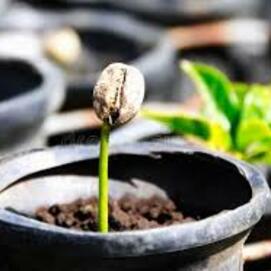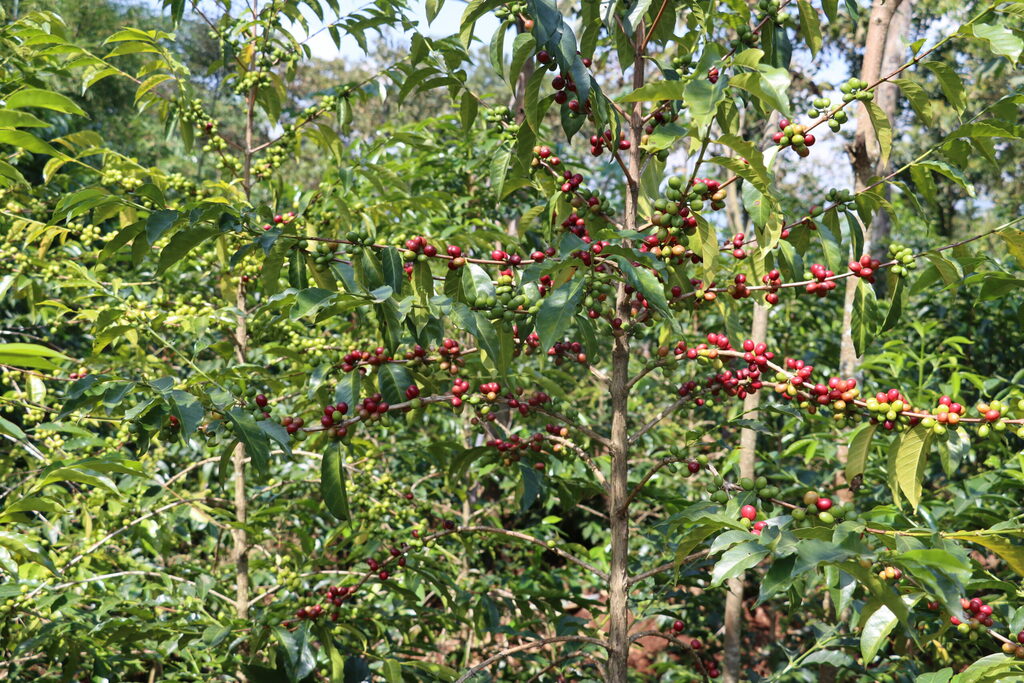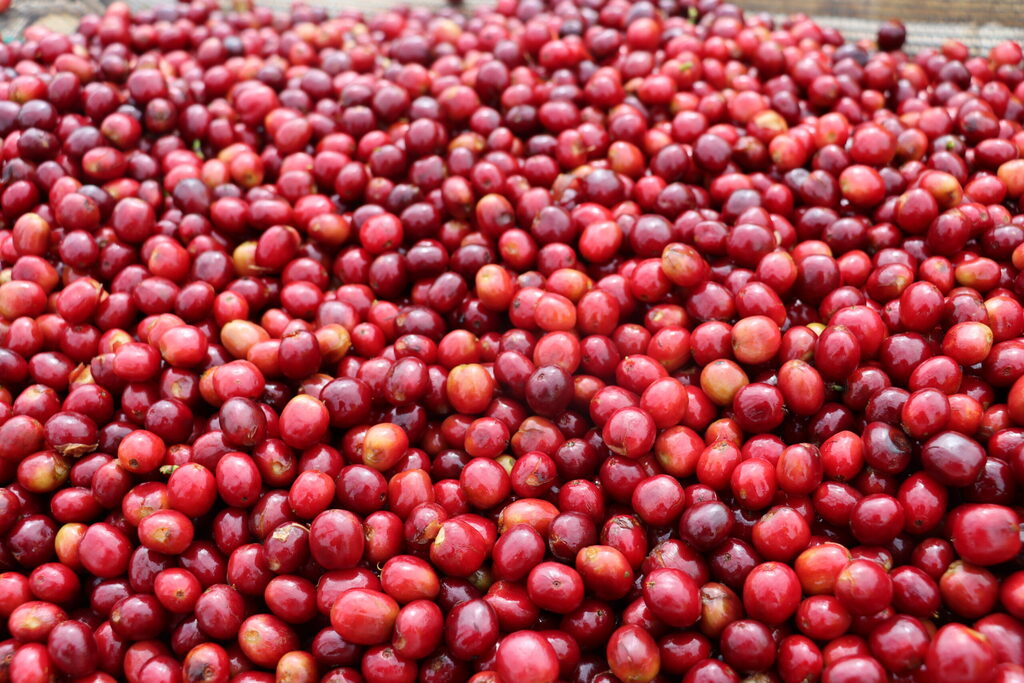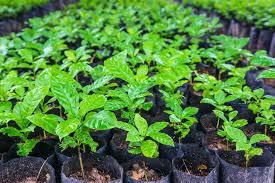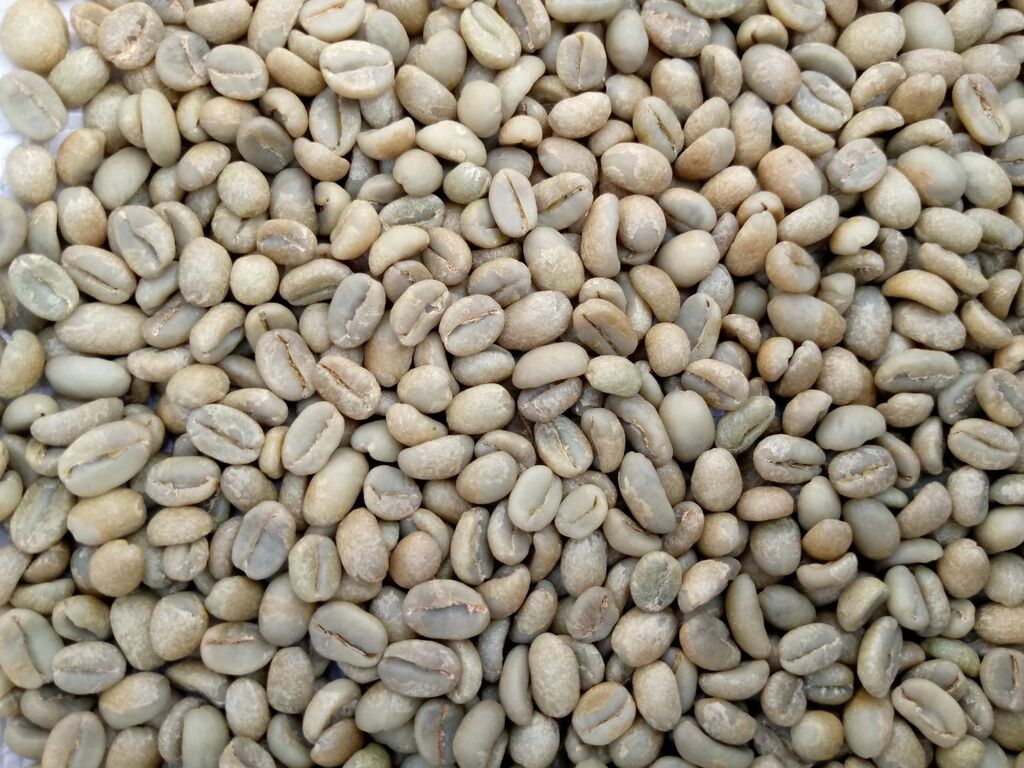Our Story
Every sip of Our Coffee
Discover the rich flavors of Specialty Guji coffee from Ethiopia, a treasure for both casual drinkers and connoisseurs. Grown in the picturesque Guji Zone, this coffee is celebrated for its vibrant notes of stone fruits, floral aromas, and a delightful that dances on your palate. Each cup tells a story of the land and the dedicated farmers who nurture the beans with love and care. Whether you're savoring a morning brew or welcoming friends for an afternoon pick-me-up, Guji coffee offers a unique and satisfying experience worth sharing. Indulge your senses today!
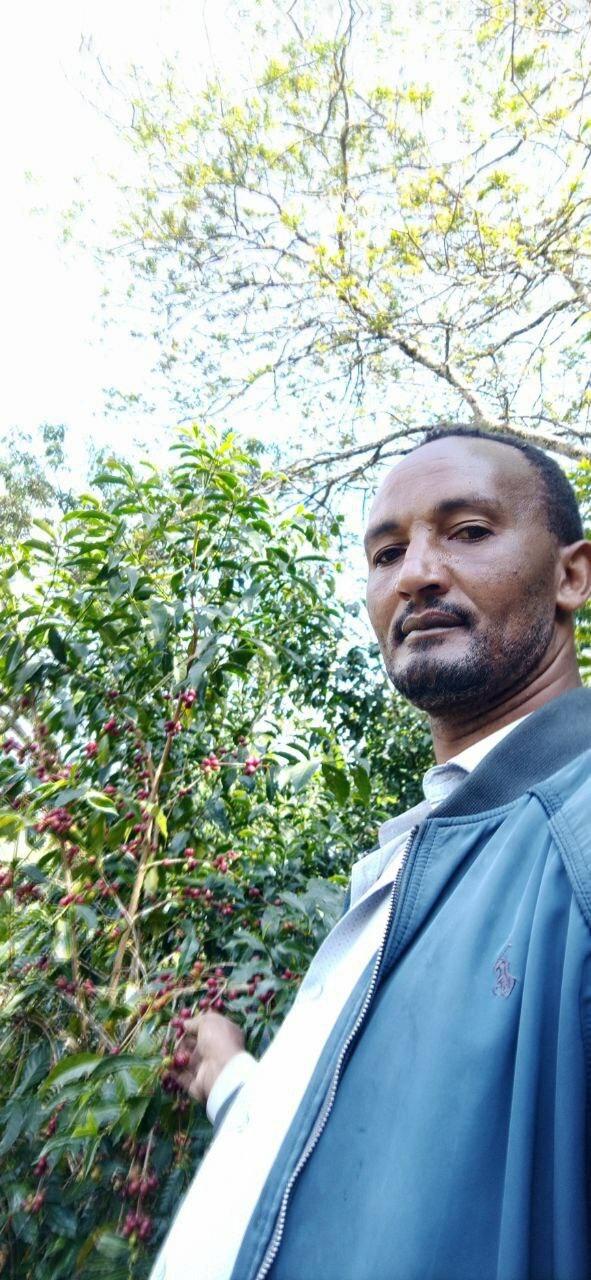
Driven to satisfy your needs
Our Specialty Guji coffee offers a unique flavor profile that captivates the senses, making each sip a delightful experience. Sourced from the lush hills of Ethiopia’s Guji zone, this coffee is known for its bright acidity and fruity undertones, including hints of citrus and berry. Beyond taste, the meticulous cultivation and ethical sourcing practices support local farmers, fostering sustainable agriculture. By choosing Specialty Guji, you’re not just indulging in exceptional coffee; you’re also contributing to a positive impact on communities. Explore the rich flavors and the stories behind each cup—your taste buds and the planet will thank you!

